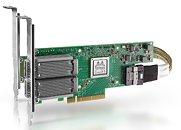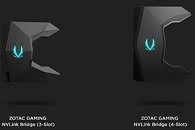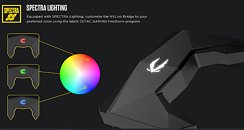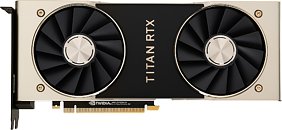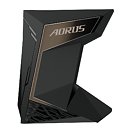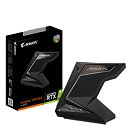
Intel Releases Compute Express Link (CXL) 1.0, New Interconnect Protocol that Enables PCIe gen 5.0
Intel has been working on CXL, short for Compute Express Link gen 1, for over four years new. This new interconnect protocol was donated to a new consortium of tech companies for release as a the CXL 1.0 standard. Its protocol layer will pave the way for PCI-Express gen 5.0 to sustain its bandwidth growth target of being twice as fast as PCIe gen 4.0. CXL 1.0 is out to compete with other established PCIe-alternative slot standards such as NVLink from NVIDIA, and InfinityFabric from AMD. It has one killer advantage, though: the CXL 1.0 is pin-compatible and backwards-compatible with PCI-Express, and uses PCIe physical-layer and electrical interface.
This reduces hardware upgrade costs for data-centers. CXL maintains memory coherency between the CPU's memory-space and memory on installed devices. The CXL Consortium, or SIG, includes data-center and cloud-computing giants, including Alibaba, Cisco, DellEMC, Facebook, Google, HPE, Huawei, Microsoft, and of course Intel. CXL will be used bot as a socketed/slotted interface for add-on cards and GPU boards, and as an embedded interface. We estimate bandwidth of CXL to be 32 Gbps per lane, or four times that of PCIe gen 3.0, keeping in line with PCIe gen 5.0 bandwidth growth estimates.
This reduces hardware upgrade costs for data-centers. CXL maintains memory coherency between the CPU's memory-space and memory on installed devices. The CXL Consortium, or SIG, includes data-center and cloud-computing giants, including Alibaba, Cisco, DellEMC, Facebook, Google, HPE, Huawei, Microsoft, and of course Intel. CXL will be used bot as a socketed/slotted interface for add-on cards and GPU boards, and as an embedded interface. We estimate bandwidth of CXL to be 32 Gbps per lane, or four times that of PCIe gen 3.0, keeping in line with PCIe gen 5.0 bandwidth growth estimates.




